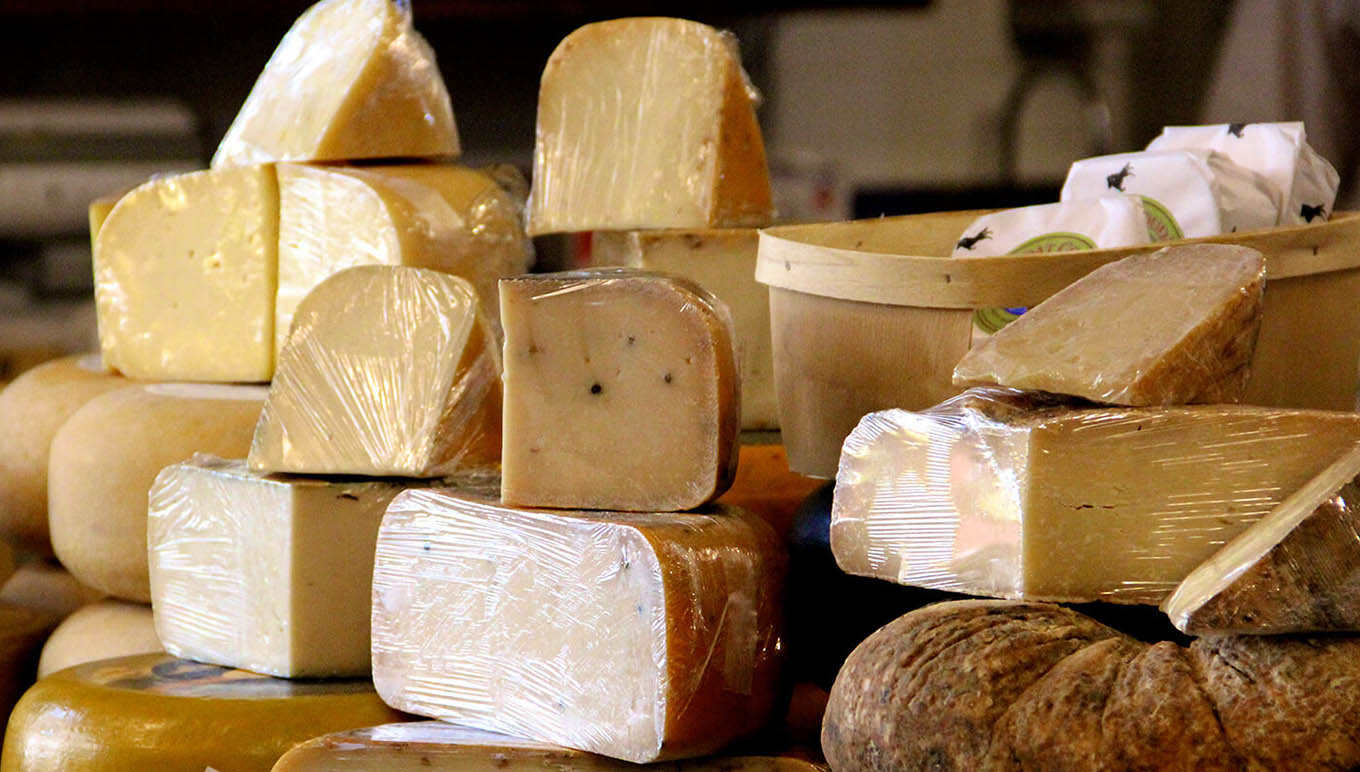Cooking Up the Right Costing Strategy
Cooking Up the Right Costing Strategy
Cooking Up the Right Costing Strategy

Good business strategy requires executives to monitor and factor in the cost of operations when making decisions. For industries like retail, utilities, and automotive, operational costs are relatively steady, as fluctuations tend to be seasonal.
For food manufacturers, however, costing is more complicated. Commodities such as dairy, meat, and produce are critical elements to many recipes. The prices of these products constantly shift and fluctuate, and planning ahead for tomorrow’s prices, let alone next month’s, can prove challenging for any food manufacturer.
With the right food technology, however, food manufacturers can find effective solutions to enable a better understanding of costs and allow for greater tracking and cost projections. Let’s take a look at the costing issues that give food manufacturers headaches – and come up with a plan about how to alleviate them.
Understanding the Different Costs Impacting the Food Industry
When developing a costing strategy, food manufacturers must account for commodities, materials, and labor. These cost factors can change daily based on factors both in and beyond your control.
Take, for example, companies that rely on cheese to develop their product. The cost of cheese changes based on supply and demand – manufacturers can typically expect demand to rise around major holidays. But demand is subject to factors outside of normal yearly cycles, as well. As this article in NPR notes, the cheese market is oversaturated; with uncertainty around global trade, fewer countries importing American cheese might mean the stockpile remains high and prices remain low. For companies that don’t produce cheese but use it as a critical ingredient, that’s a lot of variability around just one cog of production.
But the commodity cost isn’t the only thing you need to determine. Staffing needs and production levels require consideration as well. Say cheese prices appear poised to rise in the first quarter of the year. Is it beneficial to pay overtime and produce more of your product when cheese prices are lower? Is it cheaper to pass the cost along to the customer, which could affect brand loyalty? Do you need to cut back on production next month – and how will that impact sales?
Food manufacturers also have to consider loss factors and wastage. Where were the missed opportunities to reduce costs? Where did the company lose revenue – did it stock up on to extra supplies that now can’t be used? It’s important for food manufacturers to identify these patterns so they can make connections to sales margins and develop strategic plans for buying and selling in the months to come.
With so many moving parts in the food supply chain, costing can seem like a game of roulette. Food manufacturers need the ability to track actual costs in real-time – as understanding your current costs and achieving better visibility into what’s coming can lessen the costing burden.
Better Costing Through ERP
Unfortunately, if you’re still tracking your production and cost data through fragmented tracking methods, such as spreadsheets and legacy solutions, you’re doing just that – tracking. With those manual methods, it’s more difficult to manage discrepancies and actively improve your costing processes. When you’re determining cost, the details matter. If, for instance, you’re using a slightly different version of a recipe to produce an item where the cost of production was previously very predictable, you’ll either spend more in manufacturing or run short on ingredients.
That’s why finding the right ERP solution is a game-changer – especially a solution that’s designed for food processing. An ERP will maintain your critical production information and factor it into future product cost, ensuring not only greater consistency in your costing from month to month, but also greater accuracy when making price adjustments for customers. An ERP will also monitor commodity costs and materials pricing, as well as waste and loss factors. Advanced solutions even allow manufacturers to create several cost models based on different costing scenarios, allowing users to prepare for a range of outcomes.
With the visibility an ERP provides, you can better set prices, decide whether you should produce a certain product – and determine whether you should exit specific markets entirely.
Don’t Let Costing Eat Your Lunch
Planning for materials and commodities costs can take up valuable time and resources that could be dedicated to improving your product. If you’d like a smoother costing process that prepares you for all possibilities, consider investing in or upgrading your ERP. You’ll gain better insights into cost fluctuations over time that help narrow speculation, enable greater efficiency, and reduce the costs you pass on to your customers – driving for a better production and buying experience overall.
To find out how our own industry-specific food and beverage solution, Aptean Food & Beverage ERP, can be your ticket to enduring success, get in touch with our team of food and beverage industry experts today.
¿Todo listo para transformar tu negocio?
Tenemos las soluciones ERP especializadas que necesitas para superar los desafíos de tu sector.



 Jack Payne | Vice President, Product Management & Solutions Consulting
Jack Payne | Vice President, Product Management & Solutions Consulting